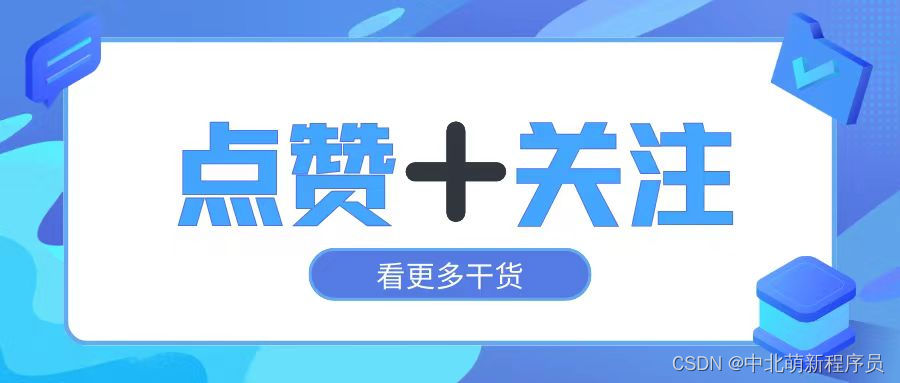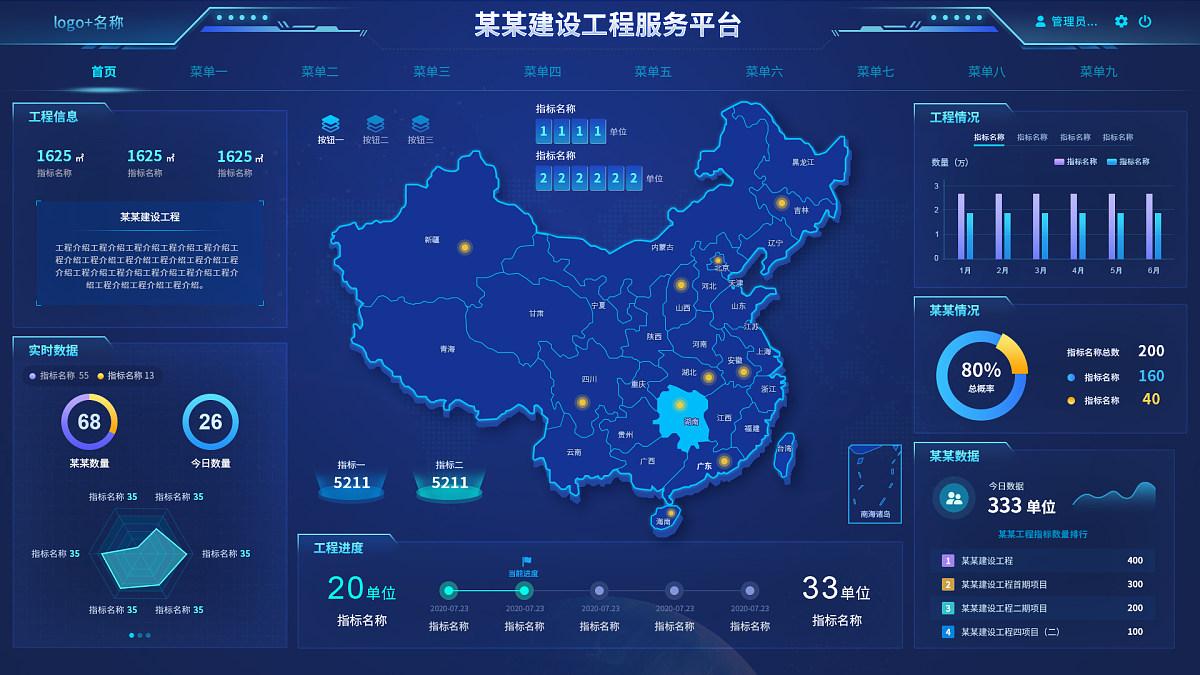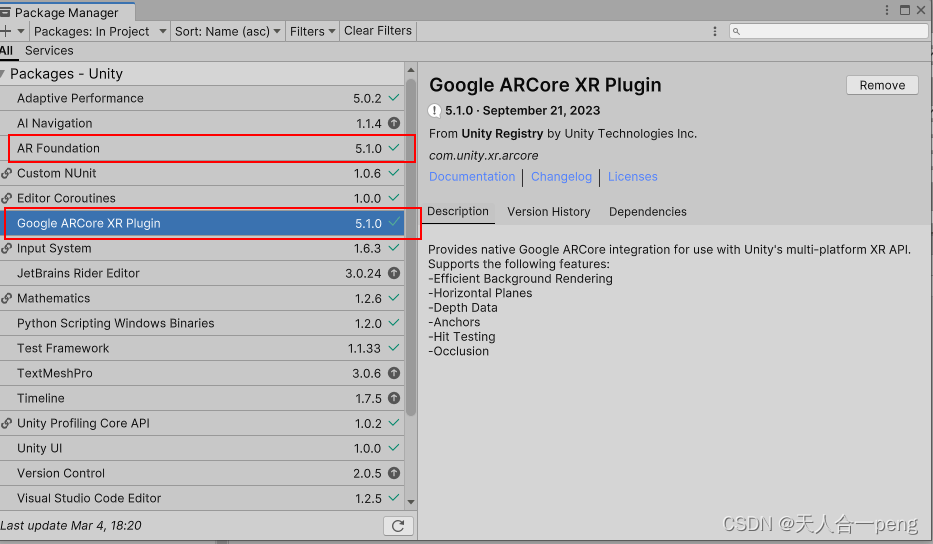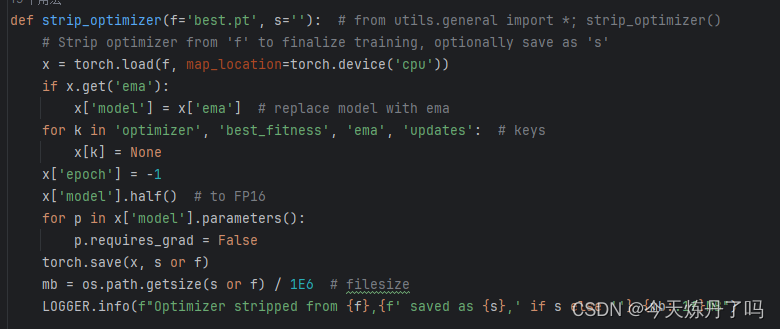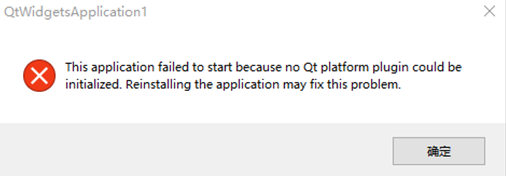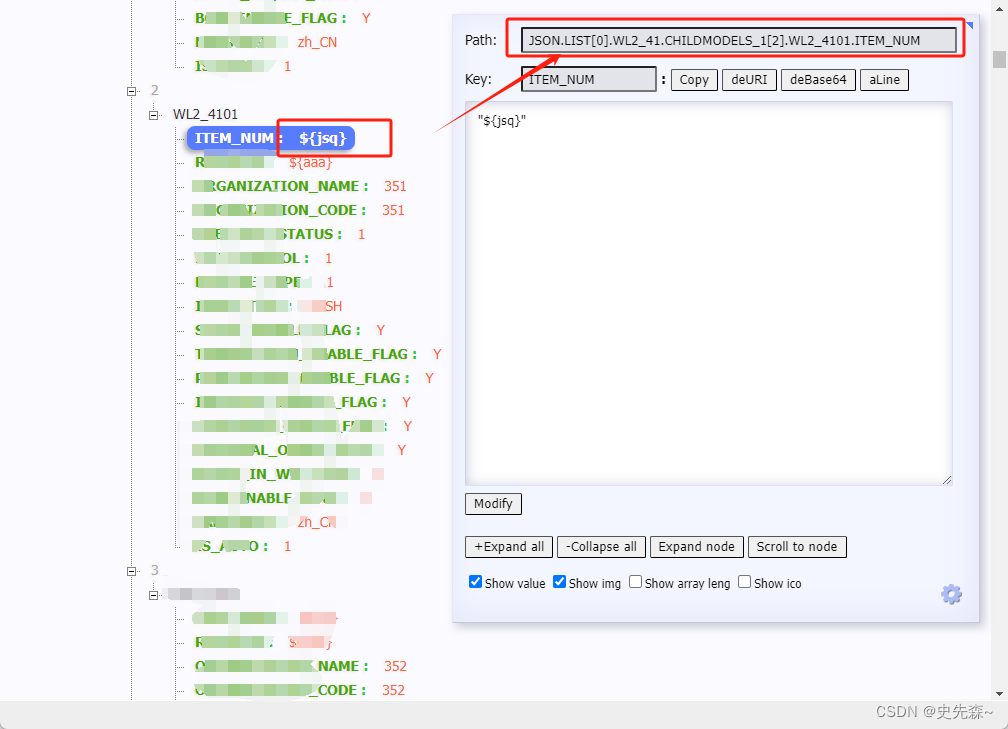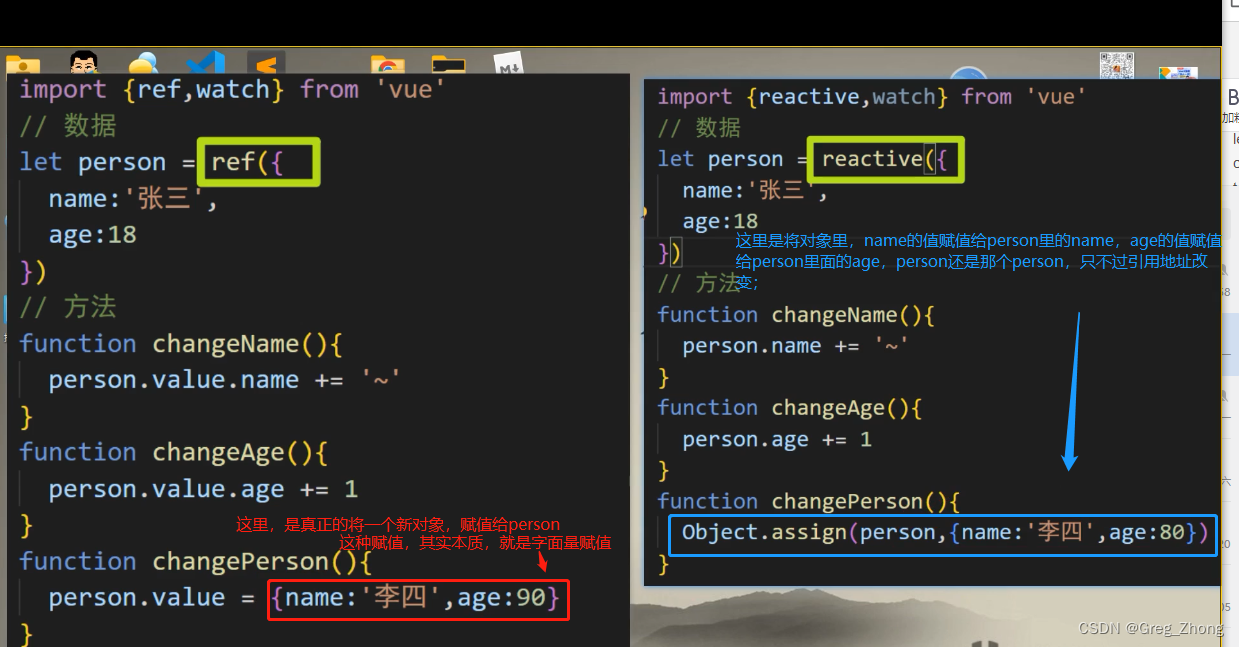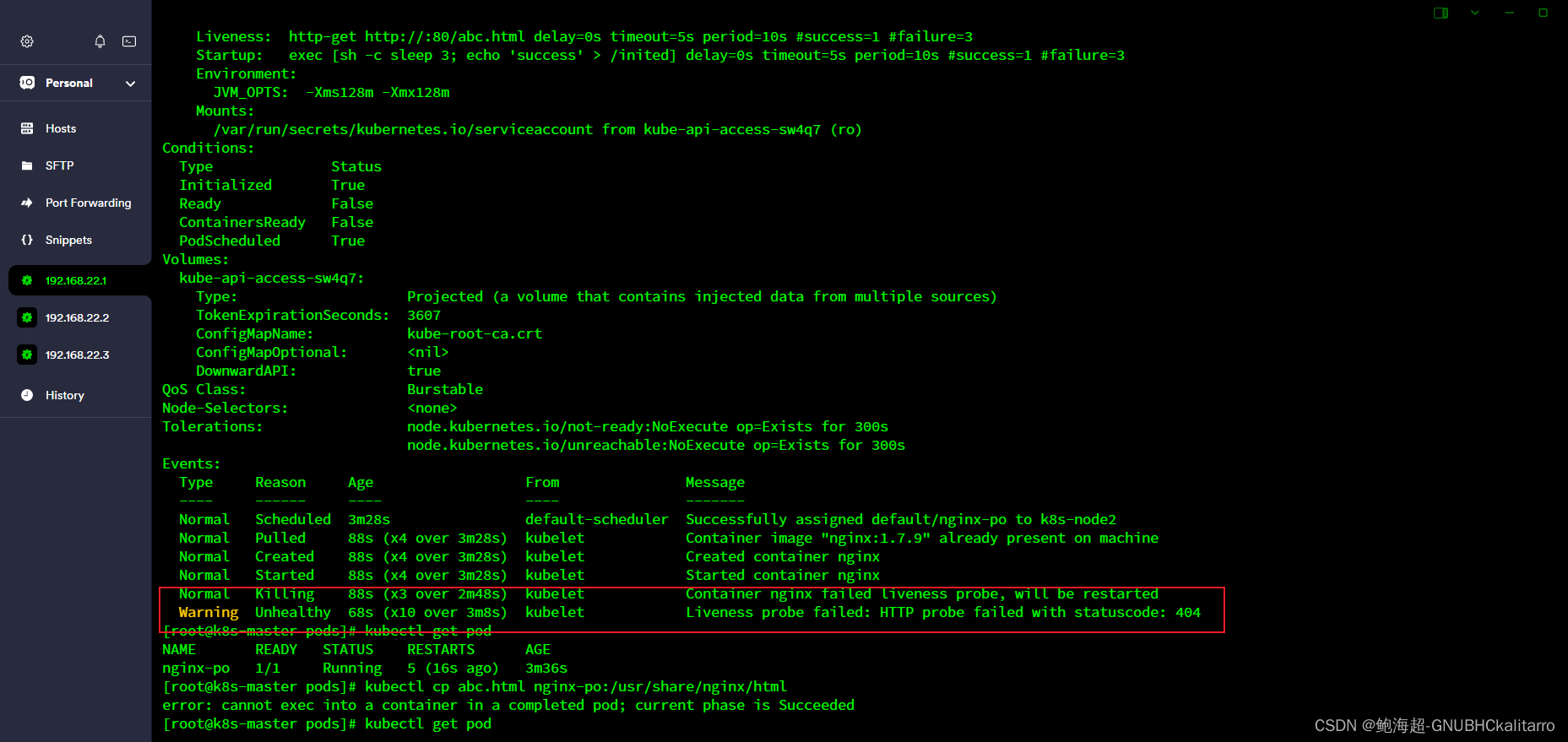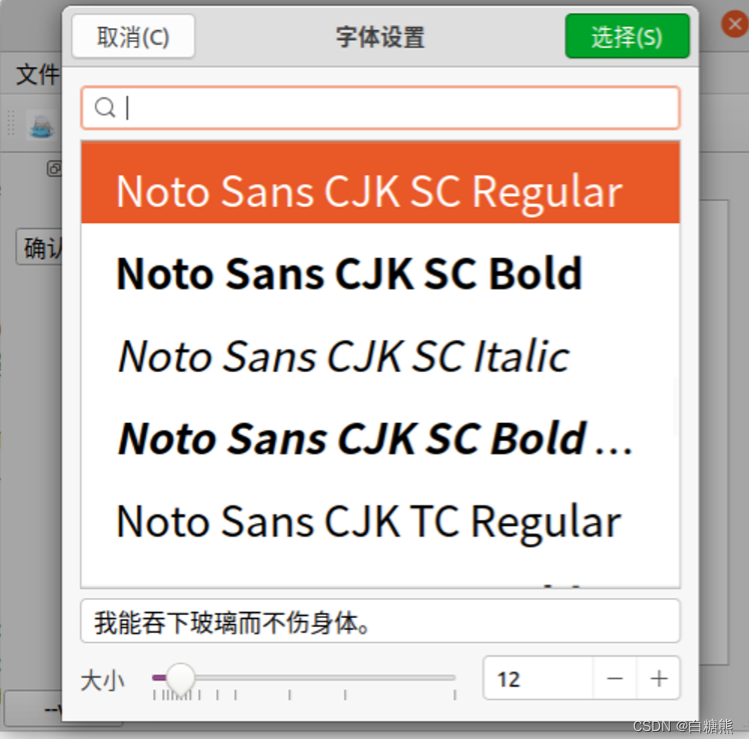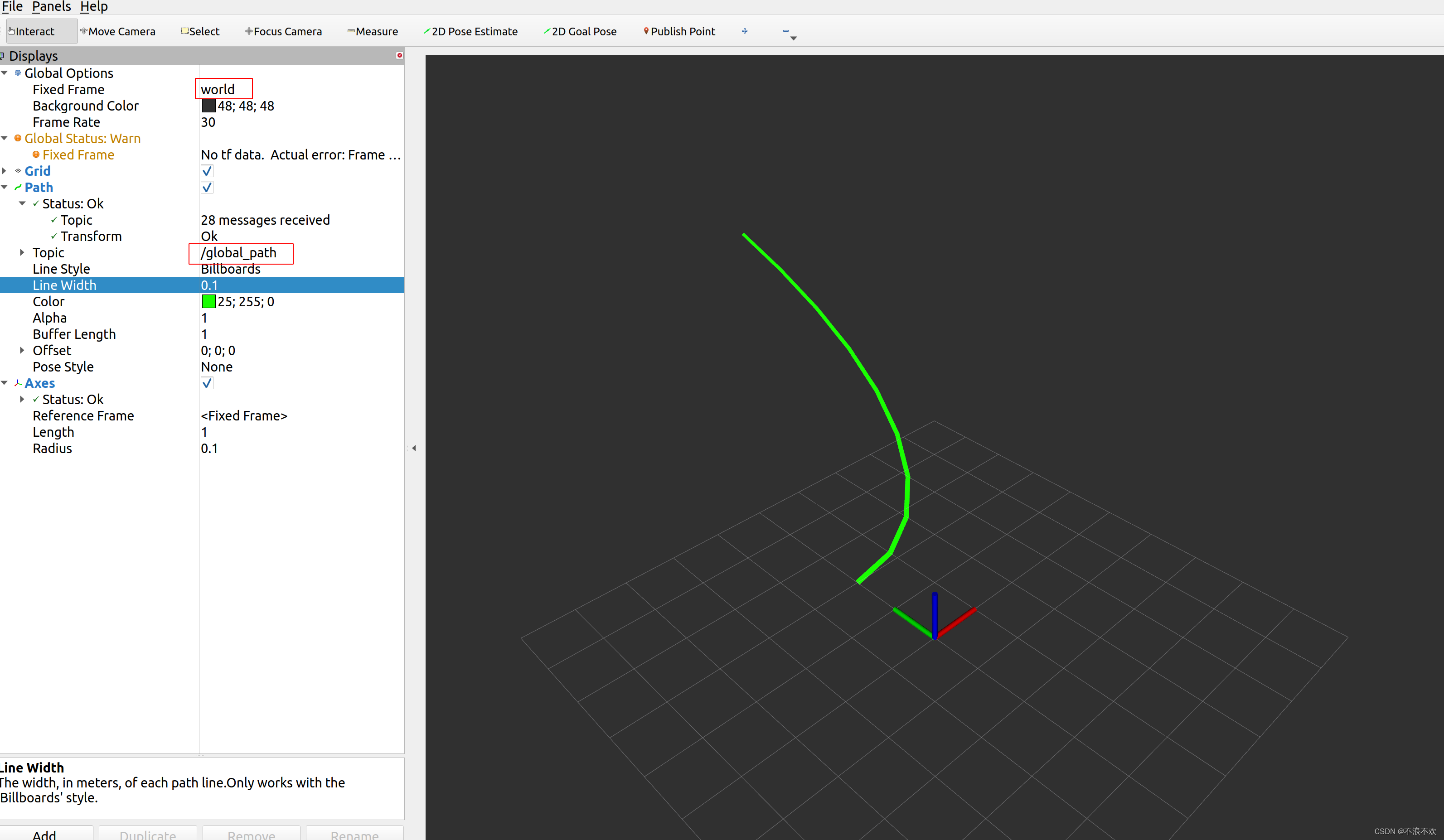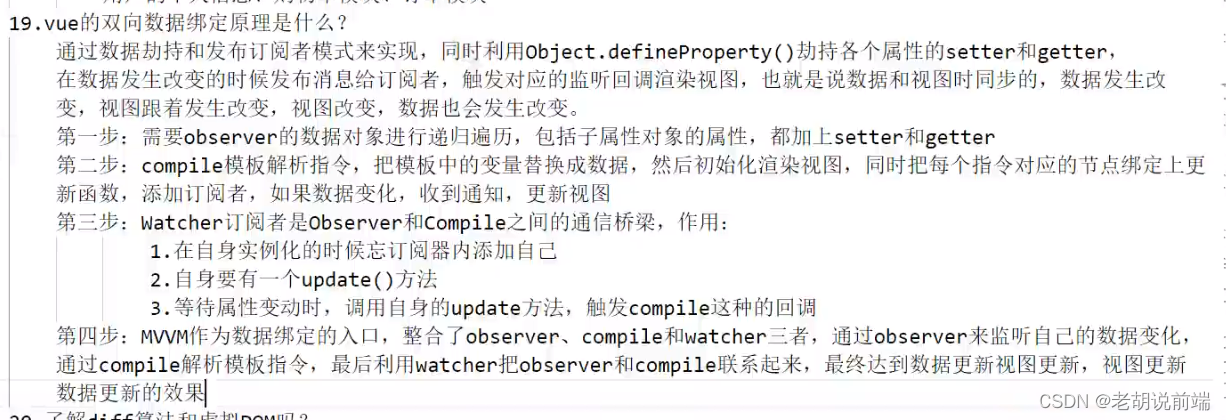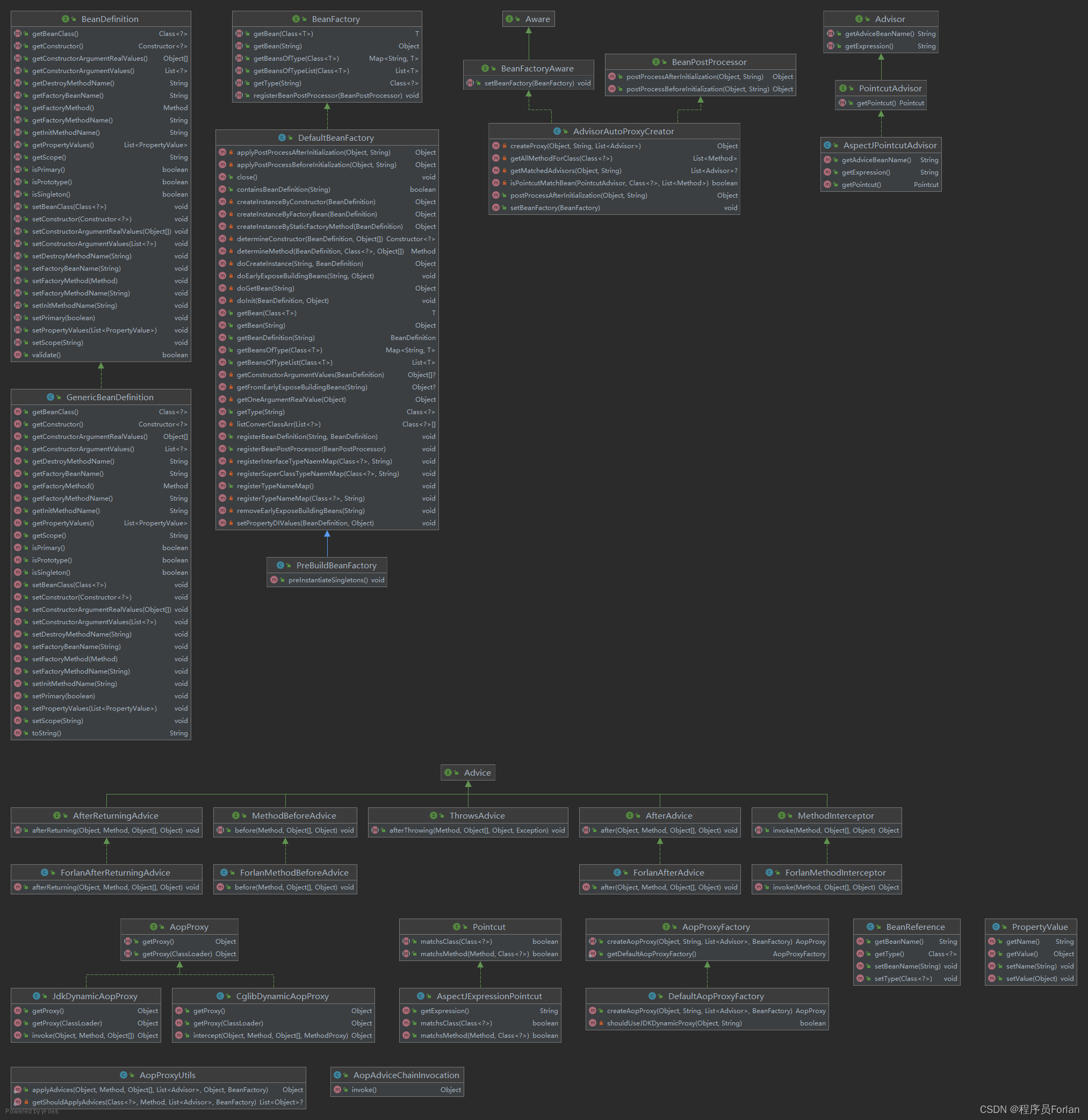前言
环境准备
首先,需要安装ddt模块
pip install ddt
调用时标准格式
在类下面如下写上:@ddt.ddt
在调用的方法下面需要写上:@ddt.data(需要传入的多组数据)
DDT简单介绍
名称: Data-Driven Tests,数据驱动测试。
作用: 由外部数据集合来驱动测试用例的执行。
核心的思想:数据和测试代码分离。
应用场景: 一组外部数据来执行相同的操作。
优点: 当测试数据发生大量变化的情况下,测试代码可以保持不变。
实际项目: excel存储测试数据,ddt读取测试数据到单元测试框架(测试用例中),输出到html报告。
一、数据驱动
就是数据的改变从而驱动自动化测试的执行,最终引起测试结果的改变。说的直白些,就是参数化的应用。
实现方式
老的实现方式中,对测试结果的解析和校验都是在各个 case 中做的, case 层的处理的逻辑较为混杂,可读性不强
新的实现方式中,case 层只需要调用下结果校验的方法,逻辑清晰
工具
数据驱动在自动化中起到了一个很重要的作用。它实现了一条case,多次执行。很多的接口测试工具,也都把数据驱动利用的淋漓尽致。就拿我们最熟悉的jmeter来说。它的数据驱动是依靠CSV文件(一种通用文本格式。常用于数据之间的转换。
一行就是一条数据,数据中多个值用“,”分割。)设置的,通过编写CSV表格,然后设置好对应的参数。在接口中调用这些参数所属的变量。即可实现数据驱动。
二、传递基础数据类型
# 导入ddt库下所有内容
from ddt import *
# 在测试类前必须首先声明使用 ddt
@ddt
class imoocTest(unittest.TestCase):
# int
@data(1, 2, 3, 4)
def test_int(self, i):
print("test_int:", i)
# str
@data("1", "2", "3")
def test_str(self, str):
print("test_str:", str)
测试结果
test_int: 1
test_int: 2
test_int: 3
test_int: 4
test_str: 1
test_str: 2
test_str: 3
包含知识点
想使用DDT首先要在单元测试类上面加上 @ddt
三、传递一个复杂的数据结构
from ddt import *
# 在测试类前必须首先声明使用 ddt
@ddt
class imoocTest(unittest.TestCase):
tuples = ((1, 2, 3), (1, 2, 3))
lists = [[1, 2, 3], [1, 2, 3]]
# 元组
@data((1, 2, 3), (1, 2, 3))
def test_tuple(self, n):
print("test_tuple", n)
# 列表
@data([1, 2, 3], [1, 2, 3])
@unpack
def test_list(self, n1, n2, n3):
print("test_list", n1, n2, n3)
# 元组2
@data(*tuples)
def test_tuples(self, n):
print("test_tuples", n)
# 列表2
@data(*lists)
@unpack
def test_lists(self, n1, n2, n3):
print("test_lists", n1, n2, n3)
# 字典
@data({'value1': 1, 'value2': 2}, {'value1': 1, 'value2': 2})
@unpack
def test_dict(self, value1, value2):
print("test_dict", value1, value2)
测试结果
test_dict 1 2
test_dict 1 2
test_list 1 2 3
test_list 1 2 3
test_lists 1 2 3
test_lists 1 2 3
test_tuple (1, 2, 3)
test_tuple (1, 2, 3)
test_tuples (1, 2, 3)
test_tuples (1, 2, 3)
包含知识点
@unpack :当传递的是复杂的数据结构时使用。比如使用元组或者列表,添加 @unpack 之后, ddt 会自动把元组或者列表对应到多个参数上。字典也可以这样处理。
当没有加unpack时,test_case方法的参数只能填一个;如元组的例子。
当你加了unpack时,传递的数据量需要一致;如列表例子中,每个列表我都固定传了三个数据,当你多传或少传时会报错,而test_case方法的参数也要写三个,需要匹配上。
当传的数据是字典类型时,要注意每个字典的key都要一致,test_case的参数的命名也要一致;如字典的例子,两个字典的key都是value1和value2,而方法的参数也是。
当传的数据是通过变量的方式,如元组2、列表2,变量前需要加上*。
四、传递json文件
json文件
{
"first": [
{
"isRememberMe": "True",
"password": "111111",
"username": "root"
},
"200"
],
"second": [
"{'isRememberMe': True, 'password': '1111111', 'username': 'root'}",
"406"
],
"third": [
1,
2
],
"four": "123123"
}
单元测试类
from ddt import *
# 在测试类前必须首先声明使用 ddt
@ddt
class imoocTest(unittest.TestCase):
@file_data('F:/test/config/testddt.json')
def test_json(self, data):
print(data)
测试结果
[{'isRememberMe': 'True', 'password': '111111', 'username': 'root'}, '200']
["{'isRememberMe': True, 'password': '1111111', 'username': 'root'}", '406']
[1, 2]
123123
五、传递Yaml文件
yaml文件
unsorted_list:
- 10
- 15
- 12
sorted_list: [ 15, 12, 50 ]
单元测试类
from ddt import *
# 在测试类前必须首先声明使用 ddt
@ddt
class imoocTest(unittest.TestCase):
@file_data('F:/test/config/testddt.yaml')
def test4(self, data):
print("yaml", data)
测试结果
yaml [10, 15, 12]
yaml [15, 12, 50]
最后感谢每一个认真阅读我文章的人,礼尚往来总是要有的,这些资料,对于【软件测试】的朋友来说应该是最全面最完整的备战仓库,虽然不是什么很值钱的东西,如果你用得到的话可以直接拿走:
这些资料,对于【软件测试】的朋友来说应该是最全面最完整的备战仓库,这个仓库也陪伴上万个测试工程师们走过最艰难的路程,希望也能帮助到你!


